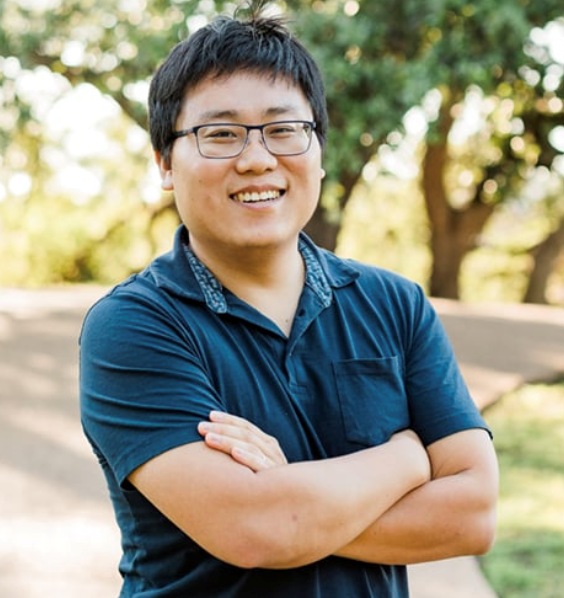
搜索网站、位置和人员

新闻与活动 活动信息
交叉科学中心系列讲座CIS Seminar |Dr. Guang Shi: Predicting Chromatin Loci Dynamics From Its 3D Structures
时间
2025年5月21日(周三)
上午9:00-10:00
地点
西湖大学云谷校区E10-215
主持
西湖大学生命科学学院,陈子博教授
受众
全体师生
分类
学术与研究
交叉科学中心系列讲座CIS Seminar |Dr. Guang Shi: Predicting Chromatin Loci Dynamics From Its 3D Structures
时间:2025年5月21日(周三)上午9:00-10:00
Time:9:00-10:00, Wednesday, May 21st, 2025
主持人: 西湖大学生命科学学院,陈子博教授
Host: Prof. Zibo Chen, School of Life Sciences, Westlake University
地址:西湖大学云谷校区E10-215
Venue: E10-215, Yungu Campus, Westlake University
讲座语言:英文
Lecture Language: English

Dr. Guang Shi (时光)
Associate Researcher
Department of Chemistry, University of Texas at Austin
主讲人/Speaker:
I am a Research Associate at the University of Texas at Austin, where I explore the physical principles that govern genome organization and the formation and function of biomolecular condensates. Currently, I am collaborating with Dr. Devarajan (Dave) Thirumalai to elucidate the dynamic behavior of chromatin. Previously, I was a postdoctoral research fellow at the University of Illinois at Urbana-Champaign, working with Dr. Kenneth S. Schweizer to investigate the phase behavior and rheological properties of biomolecular condensates through theoretical approaches. I earned my Ph.D. in Biophysics from the University of Maryland at College Park under the mentorship of Prof. Devarajan (Dave) Thirumalai, where I examined the intricate structures and dynamics of the genome using a combination of coarse-grained modeling and data-driven methodologies.
Chromatin's three-dimensional organization plays a pivotal role in regulating gene expression and genome function, yet linking static snapshots of chromatin structure to its dynamic behavior remains a challenge. I will present the HIPPS-DIMES computational method, which employs the maximum-entropy principle to construct detailed chromatin structures from static contact data. Building upon this structural foundation, we derive a connectivity matrix representing effective interactions between chromatin loci and utilize this within a generalized polymer dynamics framework to predict chromatin dynamics. This approach reveals how three-dimensional organization influences motion and relaxation processes, accurately reproducing experimental observations and resolving discrepancies—such as underestimated relaxation times—with traditional polymer models. I will discuss how incorporating long-range interactions and hierarchical chromatin organization in our model sheds light on essential biological processes, including enhancer-promoter interactions and the role of architectural proteins like cohesin. By linking chromatin structure and dynamics, our model opens new avenues for exploring chromatin behavior and may inform future studies on genome organization and regulation.
讲座联系人/Contact:
交叉科学中心,朱子霖,邮箱:zhuzilin@westlake.edu.cn
Center for Interdisciplinary Studies (CIS), Ms. Zilin Zhu, Email: zhuzilin@westlake.edu.cn

















